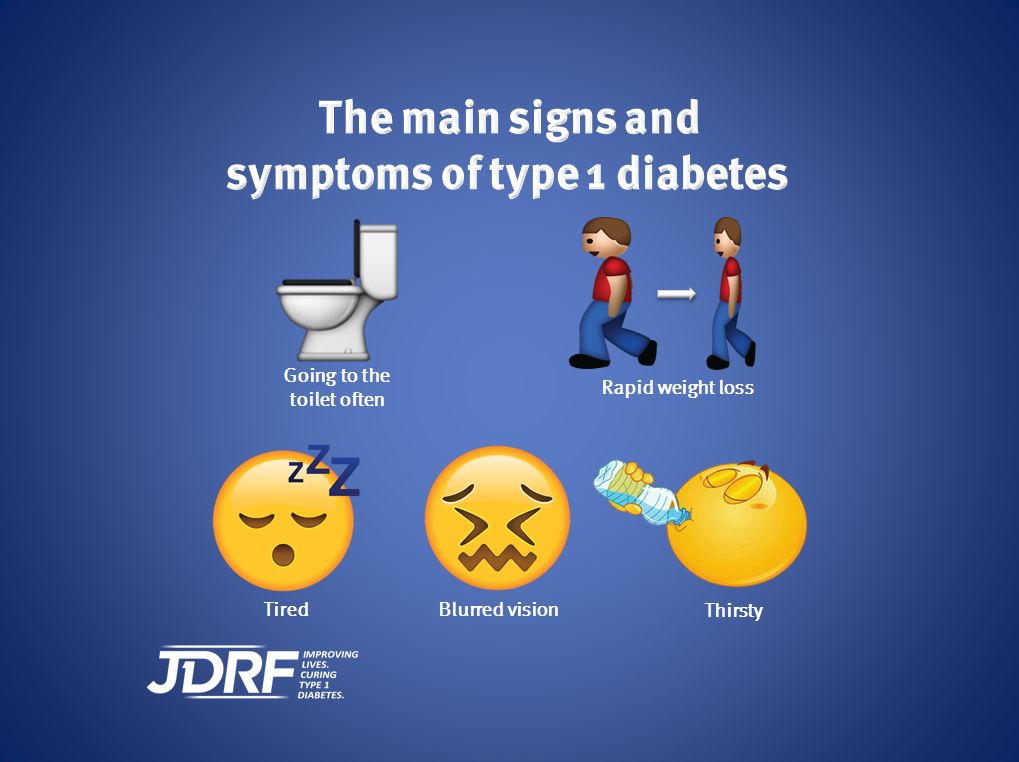Today is World Diabetes Day so I thought I would do a post that shows a
typical day in out lives as a family with a child with type one diabetes. Diabetes
is often not understood and underestimated. It has an effect of every part of
our lives yet on the surface we look like a totally normal family. The reality
is that E relies on a drug to keep her alive but a tiny amount too much or too
little could be the difference between life and death.
Obviously little e is the main person that this disease affects although we all feel it in one way or another. We have been so lucky that big e is keen to learn how to help his wee sister and has been there cheering her on since diagnosis.
E has been living with this disease since the 4th March 2016, this is how a typical day goes:
7.15am: I get up, my first thought is always 'I hope E is ok (i.e. alive)' , I go check her Blood Glucose with her libre monitor which means I just have to scan the sensor on her arm (middle left photo above.) This will show me her BG reading and her graph from the night. I then wake her.
7.25am: E does a finger prick BG test and will dose herself the carbs for her breakfast. She has an insulin pump so she types in the carbs and it does the rest.We have standard breakfasts that we know the carb count of, this morning was weetabix so 38g of carbs.
8am: E has breakfast and I make the packed lunches. Everything gets weighed and the carbs worked out while I keep an eye on E to check she is actually eating. Mornings are difficult as she needs a lot of insulin compared to other meal times so if she decides she won't eat her 2 weetabix those carbs have to be made up with something else.
8.15am: I write up E's school book which has the carb counts for her snack and lunch in it.
8.30am : Leave for school and a quick scan of her sensor to check she isn't sky high or going low.
*at school E uses her phone to scan her Libre so hubby and I get the readings sent to us. If E goes hypo (low BG, life threatening if not treated) or too high (dangerous after a couple of hours) we can see that and have a What's app group for her, her support assistant, her teacher and us so we can guide them through these situations if they are unsure.*
10am: Post meal BG check (scan and finger prick if out of range) then giving a correction through the pump if required.
10.30am: another BG check (scan and finger prick if out of range) and dosing for her snack.
12.30pm: Lunch time BG check (scan and finger prick if out of range) and inputing carbs from the book into pump to dose for lunch.
2.30pm: Post lunch BG check (scan and finger prick if out of range) and correction if required.
3.15pm: Home time sensor scan
3.30pm: Sensor scan BG check and dose for snack.
5.30pm : Tea time. I cook then count carbs and dish up.
6.30pm: Every 3 days it is a set change day. The photos below show the process. This is always followed by a BG check.
8.30pm: Bed time, BG check and correction if needed.
10.30pm: We will do a scan of her sensor to check BG and see if she is heading up or down. If she is in range and heading down we will do a temporary insulin rate and try and stop her dropping. Night time hypos are a nightmare and to be avoided at all costs.
2/3am : We do another BG scan to check she isn't hypo or high. She has always had unexpected night hypos so this check is vital. If she is hypo at this point we have to wake her and feed her apple juice, wait for 15 mins then test again. She normally takes longer to rise at night so we can be up for up to 45 mins.
That looks a lot when you write it down and that is just the everyday stuff. Every few days there will be a hypo to deal with and everyday there will be random adjustments that have to be made depending on exercise, excitement, illness, the weather... (only half joking with that one).
So, this invisible disease is actually pretty consuming and to be as upbeat and positive about the whole thing like e is makes me a very proud Mummy!
This is obviously lacking all technical details about the disease so if anyone has any questions then comment below!











What a wonderful mummy.
ReplyDeleteWow Alison! My old manager had Type 1 and I used to watch her do the pinpricks and give herself injections, so I thought I knew a bit about it, but I had no idea! What a lot to have to do. And of course you do it, but just wow. You must be permanently shattered!
ReplyDelete